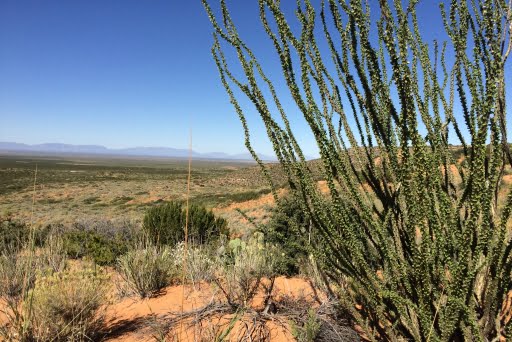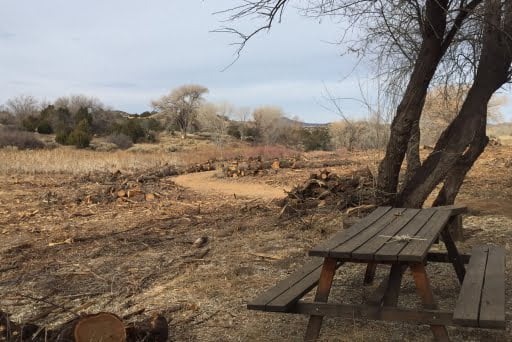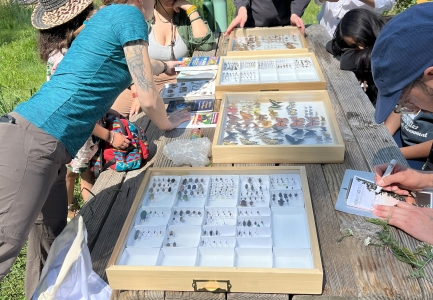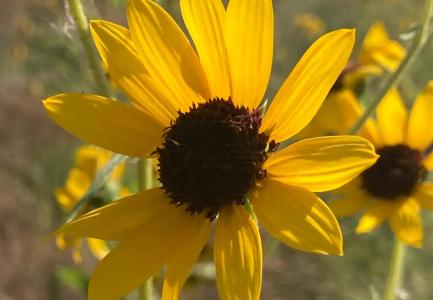Dust Mitigation & Native Species Development Project
Airborne dust has resulted in extremely hazardous road conditions along Interstate 10 in southwestern New Mexico (Lordsburg Playa). We are working with the New Mexico Department of Transportation on a project to mitigate dust while improving our understanding of native species and sources of plant materials able to survive harsh conditions (saline soils, drought). Our researchers are assessing Chihuahuan Desert plant communities to identify plant materials that can withstand these conditions and mitigate for erosion and dust issues. Through extensive literature reviews, consultation with our Technical Advisory team, and species scoring matrices we have identified novel species (not commercially available) that are drought tolerant, quick-establishing, and show promise for reclaiming and controlling dust-generating soils in playa-associated habitats in southern New Mexico. Since 2018, we have been collecting seed from these species and from local sources of commercially available species currently used by the New Mexico Department of Transportation (NMDOT) in roadside revegetation. Next summer we will install research plantings at five sites near the Lordsburg playa to test which species, seed mix, or seed source is most effective at mitigating negative impacts to public safety. These data will help the NMDOT enhance their revegetation efforts in challenging soils while actively restoring problem areas in the region of the Lordsburg Playa. Determining which germplasm is most successful will improve revegetation practices and increase the availability of native plant materials by encouraging growers to produce these materials and share information regarding best ways to use the seed.







